Together, Apart: Why Hybrid Work Needs Human Connection
9th September 2025Remember when we used to learn things just by overhearing someone on a phone call across the office? Or picking up on a vibe in a meeting room and knowing something was up? That’s osmotic learning – and it’s getting harder to come by in the age of hybrid work.
Since the pandemic, we’ve all been sold the dream of working from anywhere. And sure, it’s brought plenty of upsides: more flexibility, less commuting, the ability to do deep work in peace. But at the same time, something subtle and important has been lost. Not just in business performance, but in our brains.
What’s lost in translation – and why it matters
Work isn’t just tasks and deadlines – it’s people. And when those people aren’t physically around each other, all sorts of invisible threads start to fray. We miss the quick clarifications, the spontaneous discussions, the shared sigh when the printer jams.
Researchers at the Digital Futures at Work Research Centre, led by Professor Jacqueline O’Reilly at the University of Sussex, have been exploring how digital transformation is reshaping our working lives. The research programme has examined everything from labour market access to workplace wellbeing – and one message keeps coming through loud and clear: digital tools are incredibly helpful, but they’re only part of the picture.
Remote and hybrid working can sometimes leave junior staff feeling lost, make mentoring feel like pulling teeth, and create awkward “us vs. them” silos between teams. Physical absence can create what social scientists call a social capital deficit; when the loss of informal relationships chips away at trust and psychological safety. It can be especially difficult for new hires, or anyone who thrives on the spontaneous collaboration and support of working face-to-face.
“Ever since lockdown and the rise of remote working, we have considered how we can be an effective hybrid team,” says Daisy Wood, Sussex Innovation’s People, Culture and Operations Manager. “We all appreciate the opportunity to get work done from home, but many of the things that underpin our work – from informal knowledge sharing to innovation and creativity, to basic team chemistry – depend on those touchpoints where people are sharing a space together. Our solution has been to schedule regular group activities ranging from ideation sessions to social events, as well as organising the working week around a few core days where our entire team are in the office together.”
The science behind what we’re feeling
In conversation, there’s lots going on beneath the surface that we don’t consciously realise. Our brains have evolved to pick up micro-expressions: fleeting facial movements that offer subtle emotional cues. Studies show that empathic people register these expressions in milliseconds, almost without thinking. Online signals like these are often lost entirely. Delays, awkward camera angles or poor lighting can make it much harder for our brains to pick up the social cues we rely on to feel understood and to understand others.
Researchers at the University of Sussex have been studying a phenomenon called interoception, which describes our ability to sense our own internal bodily signals, like our heart rate. They’ve found that people who are more tuned into their own heartbeat tend to manage stress better, regulate their emotions more effectively, and even perform better when the pressure is on.
But it’s not just about what goes on inside us individually. When people work together in person, their heart rates often subtly sync up. Groups whose physiological rhythms are more in sync tend to reach better agreements and collaborate more smoothly. It reflects a shared focus and a deeper emotional connection.
This synchrony is much harder to achieve in virtual settings. Without the full range of non-verbal cues – things like subtle posture shifts, shared breathing rhythms, and those fleeting micro-expressions – our unconscious coordination and emotional attunement become weaker. And that, in turn, makes building deep trust and truly smooth collaboration far more difficult.
Much has been written about “Zoom Fatigue” – the drained feeling that sometimes takes over after a day of virtual meetings. There are several contributing factors, from the effort involved in making your own expressions clear and readable, to maintaining unnaturally intense eye contact, to the increased cognitive load that comes from constantly trying to send and interpret non-verbal cues. There’s also the “mirror effect” – the problem of constantly seeing and reacting to your own face on screen – to contend with.
What Sussex Innovation is doing about it
We’ve recognised that many of our members are spending less time in the office, but still value their collaborative time together. Ultimately, it can be difficult for growing businesses to justify an office space that’s empty half the time. So we’ve launched our new day office plan for people to drop in, work, and connect. These spaces are about more than desks; they’re about chance encounters, shared coffee breaks and impromptu mentoring moments that spark new ideas and build trust.
We’re not trying to turn back the clock on our modern way of working. Instead, we’re blending the best of both worlds (innovating, you could say): the freedom and focus of hybrid work with the richness of face-to-face connection. Because sometimes, the best ideas happen when you just happen to be sitting next to someone.




